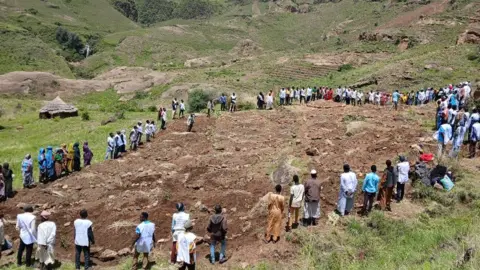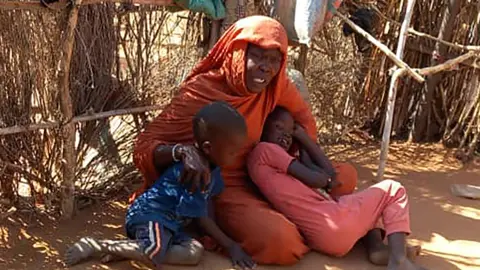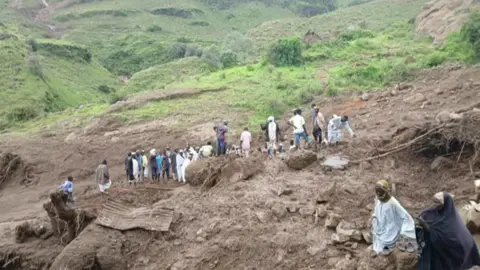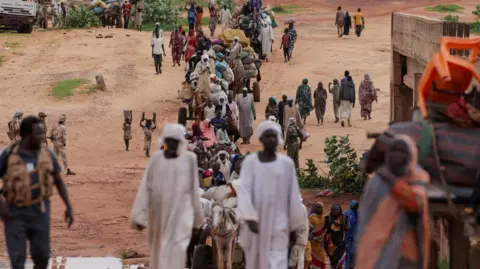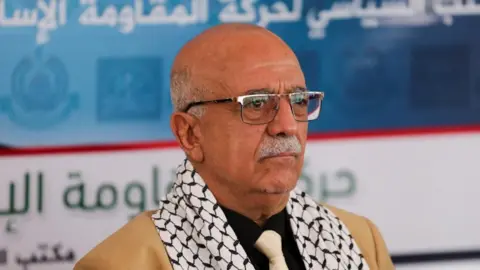In the early hours of April 28, U.S. warplanes unleashed a torrent of explosives on a migrant detention facility in Saada, Yemen, fundamentally altering the lives of its occupants. The airstrike, executed with precision munitions, obliterated the structure housing over a hundred Ethiopian migrants, leading to devastating injuries and fatalities.
Among the survivors was Fanta Ali Ahmed, a 32-year-old man hailing from Ethiopia's Tigray region. He recalls the moment when the bombs rained down, causing chaos and despair within the facility. "The place and everyone in it were mangled," Fanta remarked, recalling his own injuries, which left him with two shattered legs and a broken arm. Tragically, many were not as fortunate, with ten individuals close to him perishing in the explosion.
Prior to this catastrophic event, many migrants, including Fanta, had traversed perilous routes from the Ethiopian civil war to seek refuge in Saudi Arabia. Yet, instead of finding safety, they were apprehended and imprisoned in Yemen—a country embroiled in a complex conflict characterized by civil strife and foreign intervention.
Fanta, now recovering from his ordeal, voiced his despair and confusion: "I don’t know why America bombed us." As U.S. officials remain silent about the circumstances of the attack, the survivors grapple with grief and a profound sense of injustice, questioning the rationale behind the bombing campaign that turned their flight from war into a new nightmare.
As the conflict escalates, the plight of migrants—trapped between warring factions and international interests—demands urgent attention. What could have been a sanctuary has instead become a site of horror, raising crucial questions about accountability and the treatment of vulnerable populations in global conflicts.
Among the survivors was Fanta Ali Ahmed, a 32-year-old man hailing from Ethiopia's Tigray region. He recalls the moment when the bombs rained down, causing chaos and despair within the facility. "The place and everyone in it were mangled," Fanta remarked, recalling his own injuries, which left him with two shattered legs and a broken arm. Tragically, many were not as fortunate, with ten individuals close to him perishing in the explosion.
Prior to this catastrophic event, many migrants, including Fanta, had traversed perilous routes from the Ethiopian civil war to seek refuge in Saudi Arabia. Yet, instead of finding safety, they were apprehended and imprisoned in Yemen—a country embroiled in a complex conflict characterized by civil strife and foreign intervention.
Fanta, now recovering from his ordeal, voiced his despair and confusion: "I don’t know why America bombed us." As U.S. officials remain silent about the circumstances of the attack, the survivors grapple with grief and a profound sense of injustice, questioning the rationale behind the bombing campaign that turned their flight from war into a new nightmare.
As the conflict escalates, the plight of migrants—trapped between warring factions and international interests—demands urgent attention. What could have been a sanctuary has instead become a site of horror, raising crucial questions about accountability and the treatment of vulnerable populations in global conflicts.









